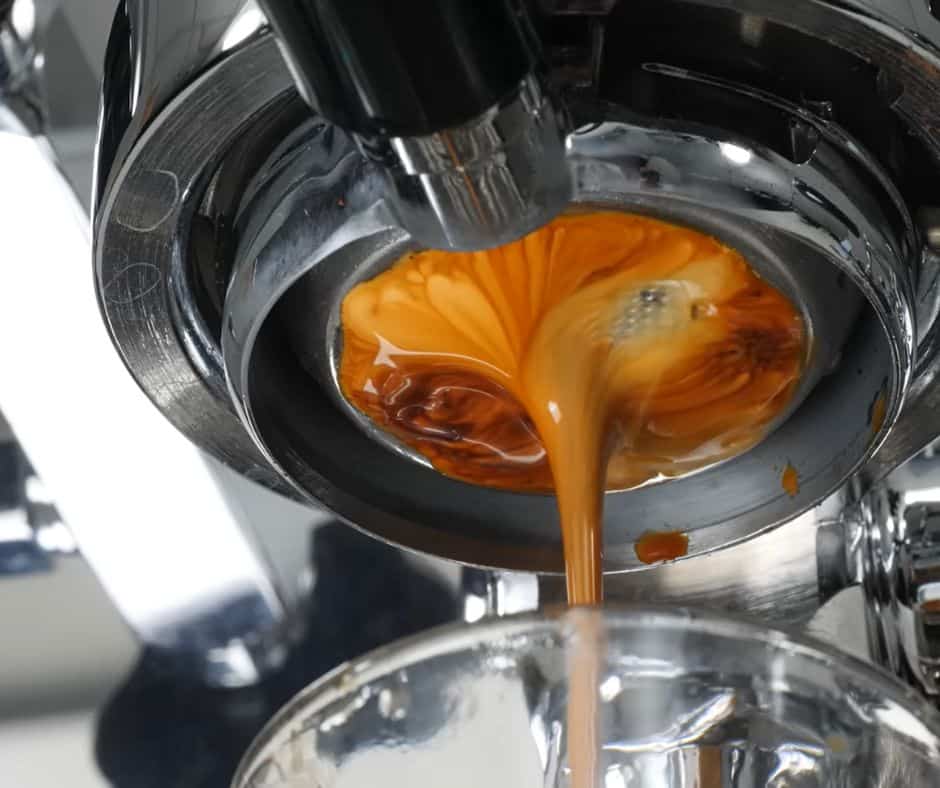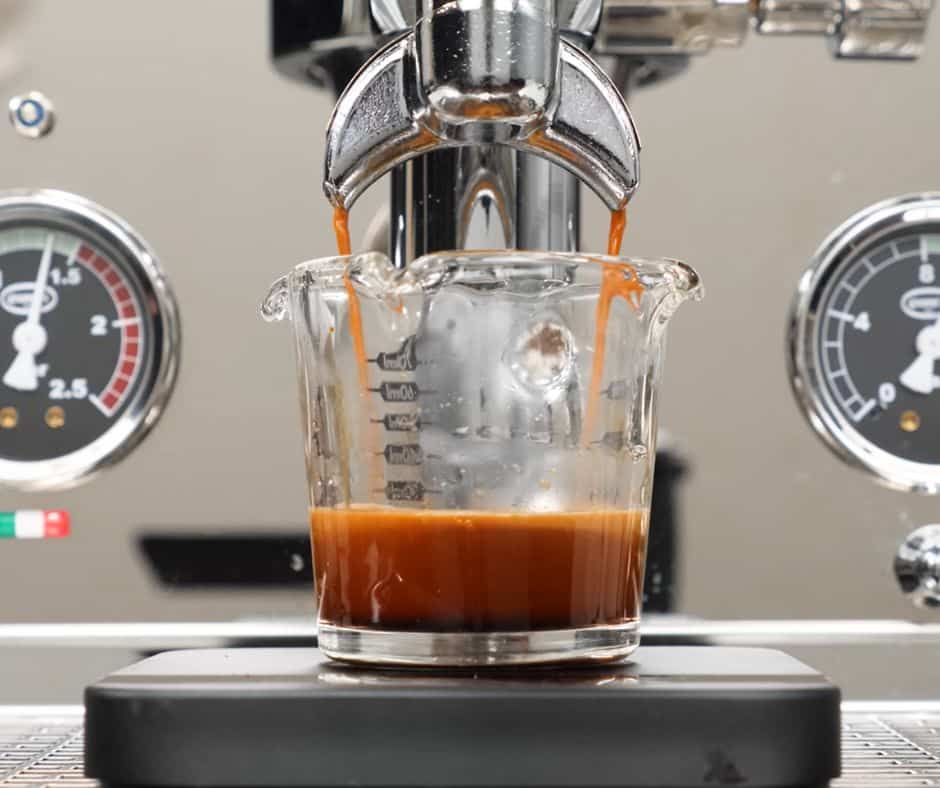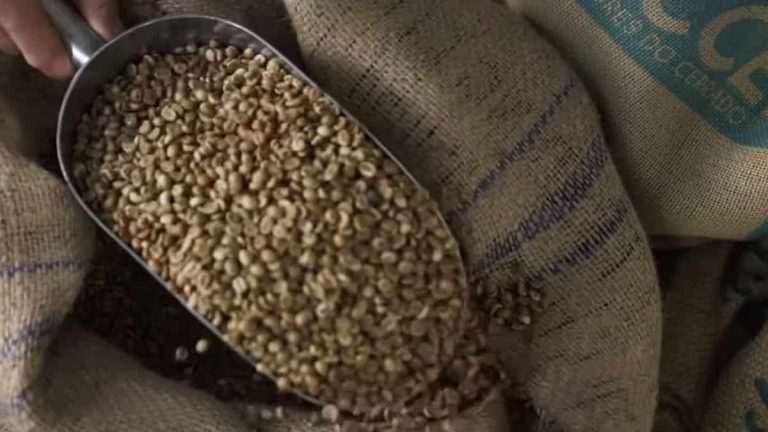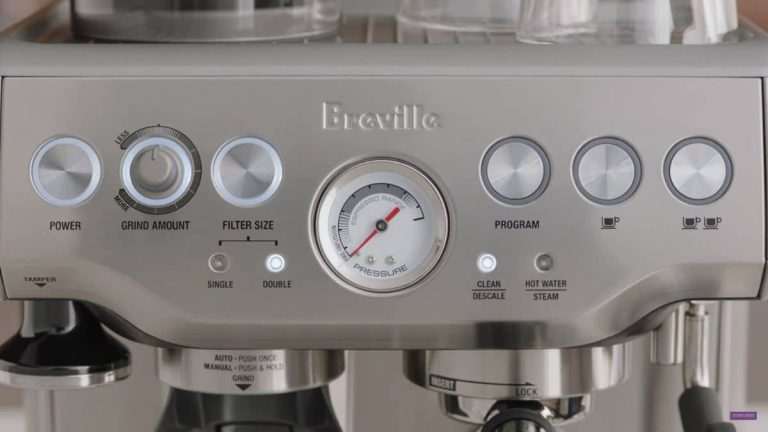espresso coming out too fast
Is your espresso brewing too quickly? If your shot is pouring too quickly, it could indicate something is wrong with your extraction. In this article, we’ll look at some of the possible causes of a fast shot and suggest solutions to improve your technique to achieve a perfect pour.
Why is your espresso coming out too fast?

Several factors can contribute to a shot pulling too quickly. The grind size is a common offender. If your coffee grounds are too coarse, water will pass through them, producing a weak and under-extracted shot. A low coffee dose is another possibility, which can result in a quick pour and a lack of flavor.
Another potential issue that may affect extraction is tamping pressure. Water can find channels through the grounds and bypass parts of the puck if you don’t apply enough pressure when tamping, resulting in a faster flow rate.
How to fix the problem
To slow down your shot and achieve a better extraction, here are steps you can take:
- Change your grind – Try a finer grind to reduce the water flow through the grounds. Make minor adjustments and test your shot until you achieve the desired consistency.
- To slow down the pour- increase the amount of coffee in your basket. measure your dose using a scale precisely.
- Tamp with more thrust – Tamp with more force to create a more even and compact puck. This will allow water to flow evenly through the grounds and slow the extraction process.
Additional tips for improving extraction

In addition to adjusting your grind, dose, and tamp, you can do the following to ensure a perfect pour:
- Make use of fresh beans – For the best flavor and aroma, use newly roasted beans. Old beans can result in a quick pour and a weak shot.
- Tidy the equipment – Regularly clean your grinder and machine to prevent buildup and ensure consistent extraction.
- Experiment with different techniques. – Experiment with various water temperatures, pre-infusion times, and other variables to see how they affect your shot. Keep track of your results so you can continue to improve your process.
Conclusion
A fast shot can be frustrating, but with some practice and patience, you can perfect your pour every time. Experiment with various techniques, and don’t be afraid to change things up until you find what works best for you. Remember that consistency is the key to a great shot of espresso, so keep practising and refining your technique until you achieve the perfect extraction.
Q: Why is my espresso coming out too fast?
A: Shot pulling fast can be caused by different factors. Common causes are a coarse grind, low coffee dose, and insufficient tamping pressure.
Q: How can I slow down my shot?
A: You can slow down a fast shot by fine-tuning your grind, increasing your coffee dose, and tamping more firmly. You can also play around with other variables, such as water temperature and pre-infusion time.
Q: How do I know if my shot is pouring too quickly?
A: A fast shot usually produces a thin, watery espresso with a bit of crema. You may also notice that the shot finishes faster than usual.
Q: What can I do if my shot is still coming out too fast, even after making adjustments?
A: If you have trouble slowing down your shot, consider seeking assistance from a professional barista or espresso technician. They can check your equipment and technique to identify flaws that may be causing the problem.
Q: Can a fast shot be salvaged?
A: A fast shot may be recoverable with some tweaks in some cases. To make a more even puck, try adding more coffee to the basket or adjusting your tamping pressure. In many cases, however, a fast shot may be too weak and under-extracted to salvage.
Q: How can I prevent a fast shot from happening in the first place?
A: To avoid a fast shot, use freshly roasted beans, clean your equipment on a regular basis, and carefully measure your coffee dose and tamping pressure. Experiment with various variables to find the best extraction time and flavor profile for your preferences.







